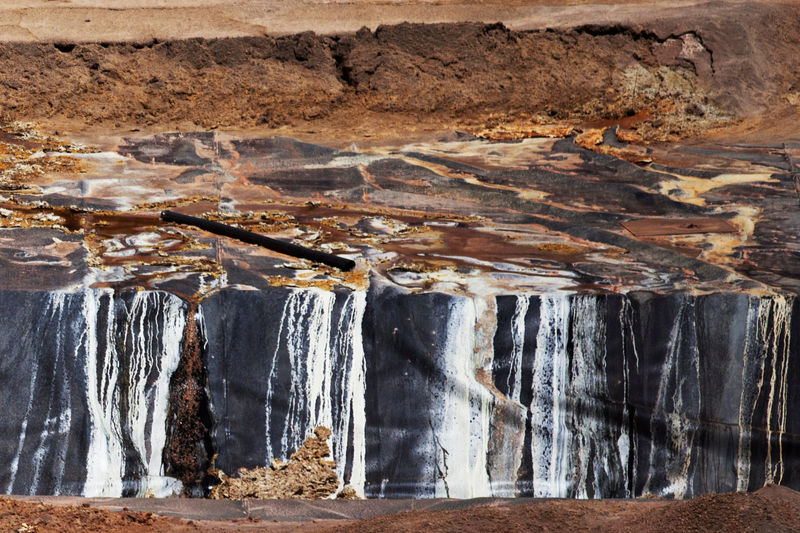* Uranium price remains low as overcapacity persists
* Nuclear newbuild insufficient to restart mining
* China starts building own uranium reserves
By Geert De Clercq
LONDON, Sept 5 (Reuters) - Canadian miner Cameco CCO.TO said it will hold down output until uranium prices recover and it could cut production further, although nuclear reactor life extensions in France and newbuilds in China, the UAE and Britain bring some hope.
Since the 2011 Fukushima nuclear disaster, Japan, Germany and other countries have closed dozens of reactors, which has depressed demand for nuclear fuel and forced miners to close or mothball mines as uranium prices plunged.
From a $140/pound high in 2007 and about $70 just before Fukushima, uranium fell to a low of $18/lb in 2016 and has since recovered slightly to $25 today UXXc1 as miners cut output.
A World Nuclear Association (WNA) report released on Thursday showed that world uranium production dropped from 62,200 tonnes in 2016 to 53,500 tonnes in 2018, with Canada, the world second-biggest producer, cutting output in half to 7,000 tonnes.
"We are not restarting mines until we see a better market and we may close more capacity, although no decision has been taken yet," Cameco CEO Tim Gitzel told Reuters at the WNA's annual conference.
Cameco earned a net profit of C$166 million after a loss of C$205 million in 2017, and has closed four mines and shed 2,000 workers.
Kazakhstan, the world's top producer with output of 21,700 tonnes in 2018, has already said it will keep 2020-2021 output stable at 2019 levels, Gitzel said.
"The industry has been too slow to respond to falling demand," state-owned uranium miner Kazatomprom's strategy officer Riaz Rizvi said at the WNA conference.
Gitzel said Chinese uranium demand will be a major, if unpredictable, driver in uranium demand. In 2003-2007, as China embarked on a major nuclear reactor construction programme, it drove up uranium prices to a peak of $140/lb, from about $10/lb in the late 90s.
In 2010, China again caused a price spike as it bought some 150 million pounds of uranium in a month, the equivalent of one year's global output, Gitzel said.
Since then, China has started building its own uranium supply chain. In Namibia, it started the Husab mine and in Nov. 2018 China National Uranium Corp bought the Rossing mine in Namibia from Rio Tinto RIO.AX RIO.L . https://reut.rs/2lG5LqY
Despite the uranium glut, Namibian output rose from 3,500 tonnes in 2016 to 5,500 tonnes last year and now accounts for more than 10% of world uranium output.
The WNA's Nuclear Fuel Report estimates that uranium demand will rise from 67,600 tonnes in 2019 to 84,850 tonnes in 2030 and 100,000 tonnes in 2040.
